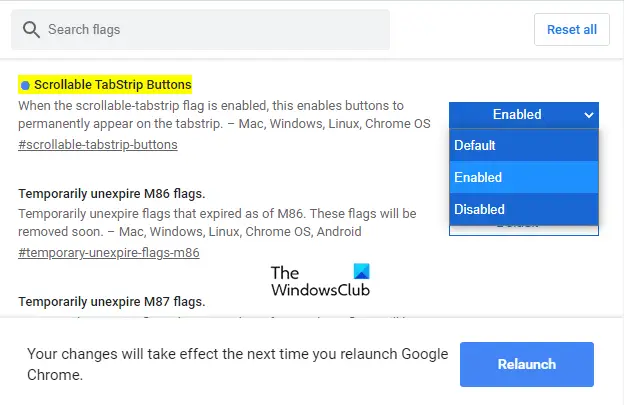
- #How to make google chrome default browser sublime text how to
- #How to make google chrome default browser sublime text install
- #How to make google chrome default browser sublime text upgrade
#How to make google chrome default browser sublime text install
You can even install other full desktop browsers that run on Linux, and test there too.

With the Google Play store, you can install real mobile browsers and use them to test your web app. When developing web apps on ChromeOS, you are not tied to just testing in Chrome. More than Chromeĭeveloping web apps on ChromeOS has a super power that no other desktop operating system can boast, platform-level support for real mobile browsers. You can also use as a fallback for localhost if needed. To do so, start up your web server in the Linux environment and navigate to localhost:PORT (replacing PORT with your server’s port number) in your main Chrome browser. Because Linux ports are forward to Chrome, you can use all of the power of Chrome DevTools , including Lighthouse to develop your apps with, along with great Chrome extensions, like Accessibility Insights of Web . The Chrome you loveĪll of the development tools you know and love from Chrome are on ChromeOS, too.
#How to make google chrome default browser sublime text how to
When you need to do that, read how to set up port-forwarding. Sometimes, though, you want to share a port off of your computer to other devices on the same network. This means that that you can use all of the Chrome tools you love to develop your web apps and not have to worry about figuring out how to test what you’re building. While Linux for ChromeOS is running inside a VM, servers running in the Linux environment are automatically forwarded to the main Chrome browser. If you prefer your language and tool management via Docker you can do that, too. This site, built on Node.js, supports Volta and NVM for Node version management. Most other languages have similar version managers. RVM , the Ruby version manager, is one of the oldest and best examples of a language version manager, allowing you to manage both Ruby and dependencies (called gems) for multiple versions of Ruby.
#How to make google chrome default browser sublime text upgrade
When installing languages and tools, we recommend using language version managers to both simplify the install and upgrade process and allow you to swap between multiple versions of the language for each project you work on. No matter if your stack is JAM or LAMP or if you’re a Python or a Gopher, if it’ll run on Linux, you can run it on ChromeOS. Sublime Text has you install it from apt . IntelliJ, on the other hand, has you download a tar file containing its executable that you can extract into your Linux container and run. debfile that you can double-click to install from the Files app. Visual Studio Code, for instance, provides a.

Linux on ChromeOS is a Debian install, and code editors and IDEs for Debian are usually installed in one of three ways. Code editors and IDEsĪny code editor or IDE that will run on Linux will run on ChromeOS. ChromeOS even has features specifically designed to aid in web development, too. Any code editor, IDE, tool, or language that will run in Linux runs on ChromeOS. Developing web apps on ChromeOS is almost the same as developing web apps on any other operating system.


 0 kommentar(er)
0 kommentar(er)
